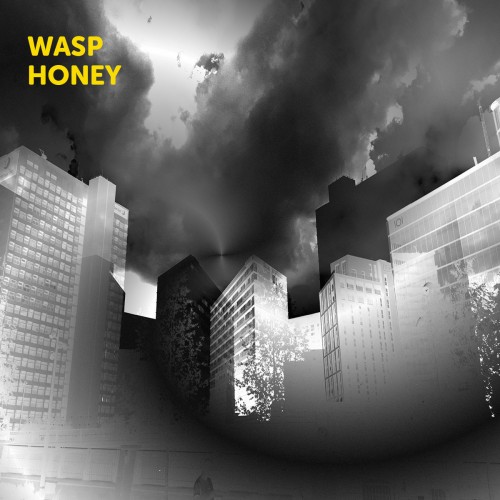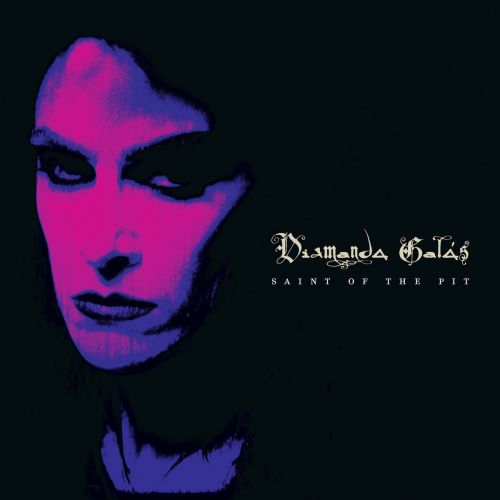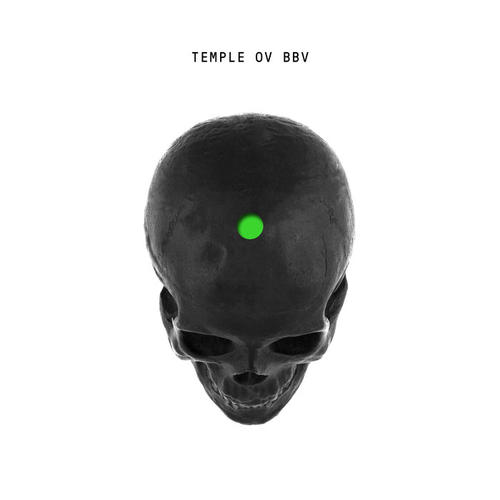 Spluttering rupturing, discordantly eviscerating the sounds and tropes of analogue and digital synthesis, Takahe Collage arrives in three parts but leaves music (once again) shredded in to far, far more. The first two pieces, the title track and “Tendeko,” weigh in at around the half-hour mark each, and after a through listen their presence soon becomes inscribed upon the ears like a permanent tattoo.
Spluttering rupturing, discordantly eviscerating the sounds and tropes of analogue and digital synthesis, Takahe Collage arrives in three parts but leaves music (once again) shredded in to far, far more. The first two pieces, the title track and “Tendeko,” weigh in at around the half-hour mark each, and after a through listen their presence soon becomes inscribed upon the ears like a permanent tattoo.
In this sense perhaps Masami Akita acts as a conductor as much as composer, an auteur standing apart from the need for complete and absolute control, branching and mixing and dubbing up the results of his machineries of noise ranting, whirring and muttering steamily to themselves into the titular collage. It’s like free noise taken into the realms of the apparently unpalatable, riven from the constraints of acoustic instrumentation; or a broadcast tower plugged directly into the input apparatus of a particularly decayed array of vintage electronic equipment originally designed for some other purposes: medical, geological, or possibly arcanely esoteric in application. This febrile brew is seems frequently to be left to its own stochastic devices, to find its rhythmic centre, and Akita then proceeds from there. This is most apparent when obvious interjections of scalding shards of high-pitch tones rend the fabric of the piece into something less obliterative and more surgically-deployed in the dissection of the listener’s conceptions of what is endurable at the threshold of compound, fractured sound.
“Tendeko” opens similarly brusquely to more of the same effect, its purpose frazzled and its method overwhelming in aspect. Barrages of white, pink, brown and outright filthy noise rain down in torrential waves, scouring the atmosphere and pummelling everything within its reach until the top layer of atoms are removed by the scalding assault. These are physical metaphors for a brutal sound: few could ever accuse Merzbow of being less than all-out in his desire to batter and bruise the willing participant’s eardrums (if not other body parts along the way) as he treads a path which starts well and truly over the top and proceeds to the extreme from there. “Tendeko” allows some semblance of repetition to cling to as the chaos swirls – it’s not quite a rhythm, and certainly not a beat though – perhaps something more like a jackhammer applied to the base of the skull would come close. The undertow of bass which chunders at the very, very low end is best appreciated at the hardest setting the reproducing equipment is capable of generating. Really, why bother otherwise?The idea of playing this record over the tinny speakers of the average mobile phone or laptop seems pointless if there’s any desire to get the proper effect it engenders – complete and total immersion in sound. really, just turn it up and max out the EQ. This will prove particularly effective for the album’s coda, “Grand Owl Habitat,” which closes matters in an immense twelve minutes of lurching rhythm which sounds like the mechanical ruptures of a car-crusher gone wild, senselessly driving imponderably heavy weights down like a boot stamping on the listener forever while metal claws rend flesh and bone and even its own steel carcass along the way – until the merciful release as brakes are applied hard to bring about a final grinding deceleration.
-Linus Tossio-



